KENDURI MATURITY IN ACEH PEOPLE
During the seven days held samadiah or tahlil, also carried out the ceremony (reading Al-Qur'an). On those nights there are relatives and family circles (jiran). Usually at this event ends with grace (eating together) or enough to drink and cookies, depending on the economic level and the willingness of the dead heirs. While on the night of 10, night 20, night 30, dilarat-ngakan majesty for teungku only. 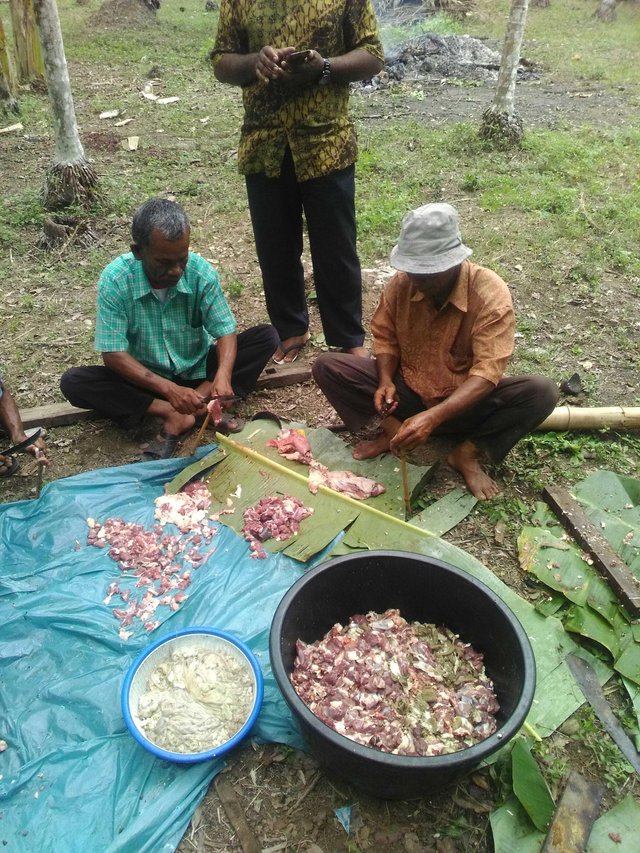
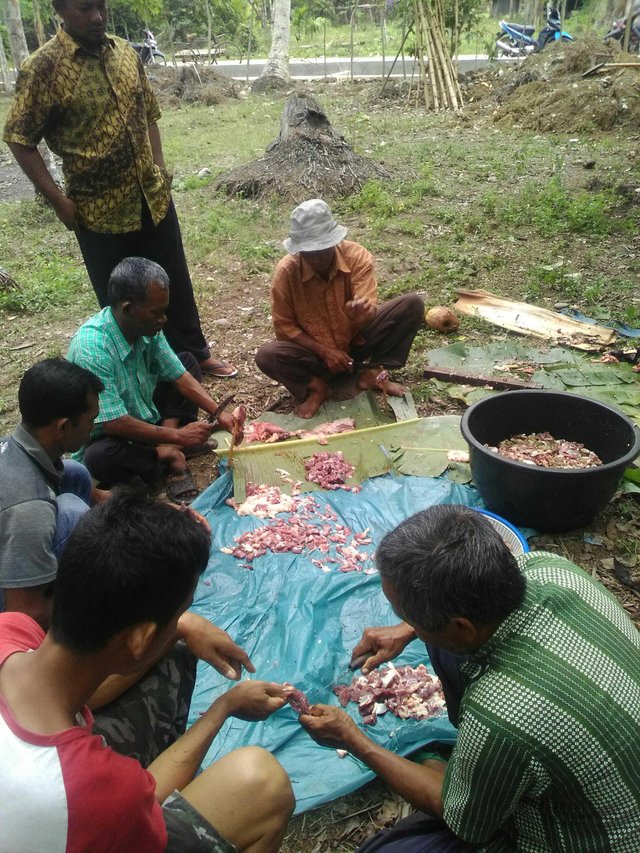
On the 40th or 44th day is a rather large ceremony as the splendor of the spirits is greater than any other day. For families who are able, usually at the ceremony slaughtered buffalo or ox. In preserving present all the relatives (heirs), jiran or adherent people. Usually they are invited first, and this event is held at night. After a feast meal, it is usually followed by a recitation or meuseulawet (dhikr), sometimes lasting until morning. To those who remembrance is usually given alms. In the morning (after the evening's feast), family and relatives make a pilgrimage to the grave by bringing yellow rice and fruit, sera tombstones. This event is also called batee (stone planting). Both gravestones have been carved names and the time of birth and death of the grave planted each in the head, then performed the prayer.
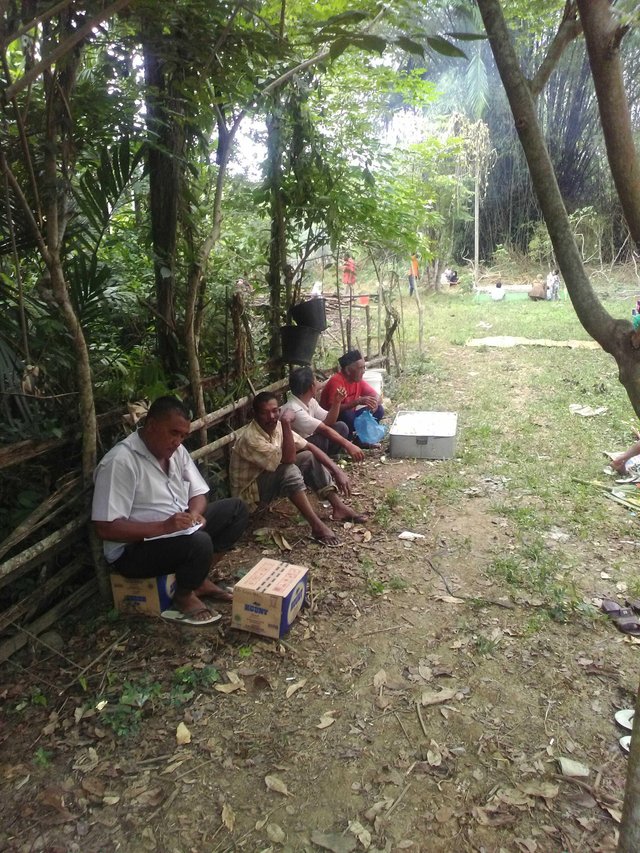
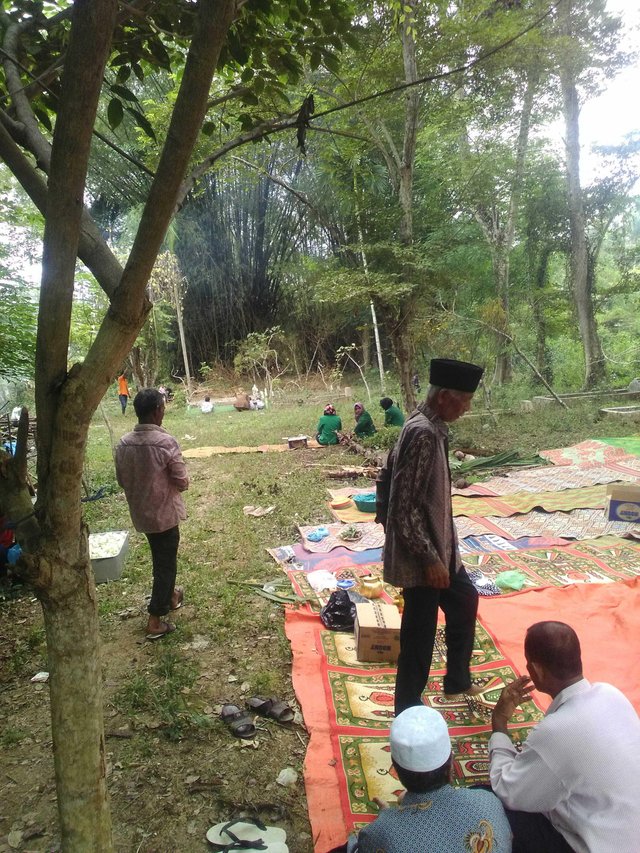
In the tradition of the Acehnese community, in the grave pilgrimage of the 44th anniversary of the dead, the women's families brought the reuhab to the grave while looking at the clothes piece by piece of the family was weeping in dead graves. The women also water the perfumed water over the grave and watered the flowers but now it is gone by itself and the clothing of the ward is washed clean to be given to the poor. So also put a water jug (mundam) in the bed of the dead, is no longer there and has been abandoned. It used to be believed that the soul of the corpse would return home. So also the prohibition for wives, children, brothers and sisters who died to not use gaca (inai) if not until 100 days of the dead. It is probably 100 days it is considered a day of mourning. This has been lost in Aceh society.
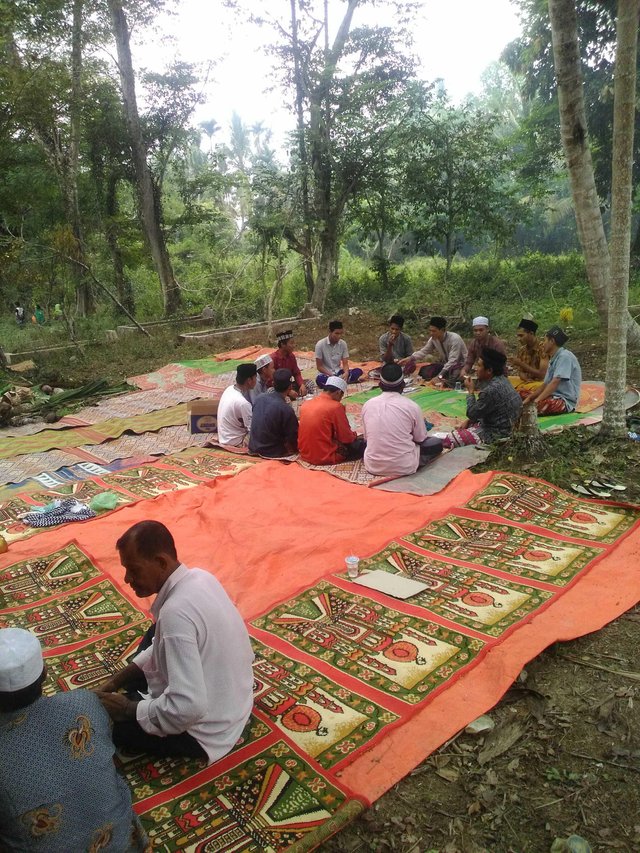
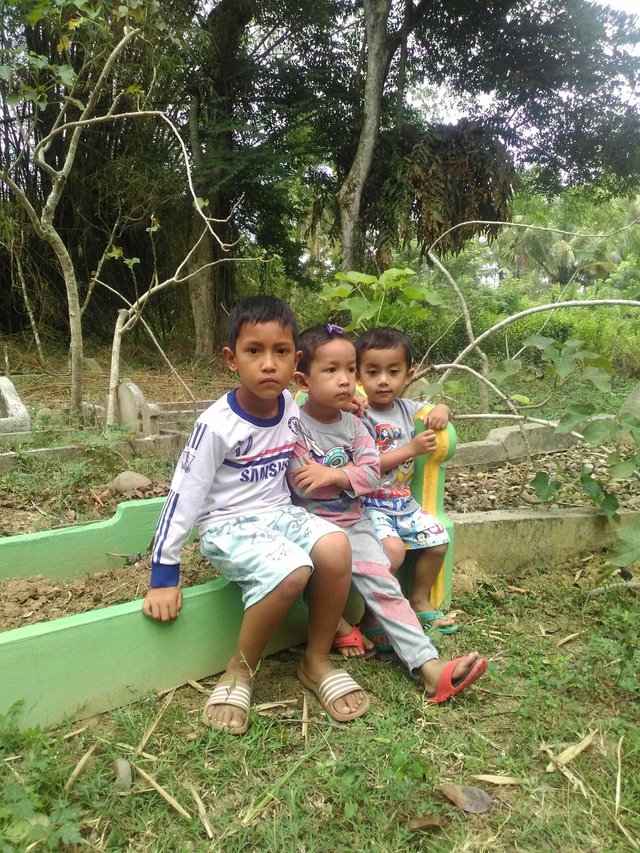
A woman (widow) who loves her dead husband, always spends alms for the welfare of her husband, if the husband is rich. Especially before the time of division of property (faraid). But if her husband is not able and has a debt, then the property of her husband should be used to pay the debts. In essence, the entire cost of organizing for the dead, such as the cost of digging the grave, alms for teungku and so forth is taken from the property left by the deceased person.
All expenses incurred by a dead wife (wife) are always discussed with the guardian of the corpse so that there is no problem when the division of heritage as a legacy later. But if the deceased has a grown son, then the guardian (brother or sister) who died has no right. The boy is responsible for everything including the treasures his mother used. Usually in the Acehnese community, the deceased family does not take into account how much is spent, especially for the burial costs of a man who has been married as long as he is able. However, the slaughter of death as the traditional customs of Aceh first disappeared.
It follows the emergence of two schools in the society, namely traditional and modern. Moreover, the implementation of the festivities that often disturb the families of the dead are not in accordance with the teachings of religion. For example, because they are having fun and eating, the orphans have to sell their property at least in debt for the sake of the celebration.
In today's Aceh society, kenduri events are increasingly simplified according to the economic level of the throng. But the grave pilgrimage is still held today, especially on the big days of Islam like Hari Raya, families who sometimes come from far away always take a pilgrimage to the grave of his family on those special days. At the cemetery, people praying at least reading Yasin's letter, clearing the grave and sowing the flowers while remembering that one day he will also be buried like the one who is now ahead of him